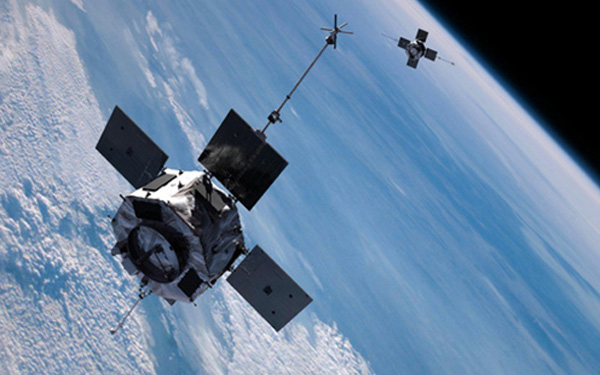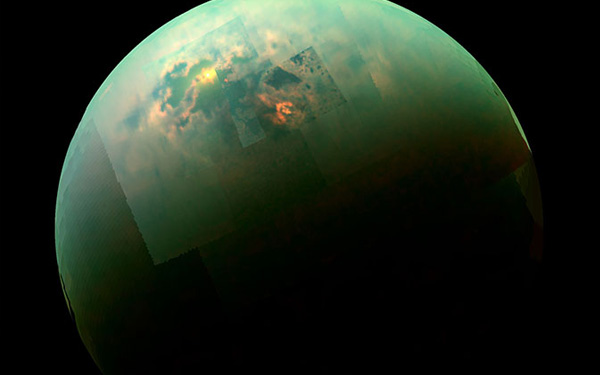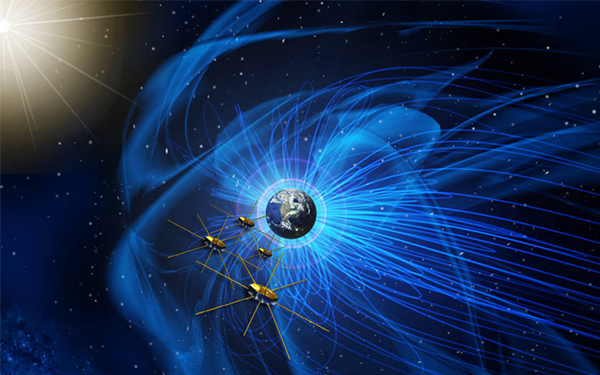Space Flight Instrumentation
Jessica Armstrong2023-05-25T20:11:32+00:00The Space Science and Engineering Division at SwRI, through new patents and innovations, is known globally for its expertise in the development and operation of plasma instruments for satellite missions, cubesats, and rocket campaigns. SwRI has been involved with numerous NASA and ESA space flight instruments and missions such as IMAGE, New Horizons, ACE, Ulysses, STEREO, TWINS, SWIFT, IBEX, MMS, Van Allen Probes, Cassini, GREECE, Juno, Rosetta, and LRO along with future missions such as Solar Probe Plus, Solar Orbiter, JUICE, BepiColumbo, CYGNSS mission, Europa Mission, and cubesat missions such as CeREs and CuSPP+. Students in the Graduate Program in Space Physics have the opportunity to both work with the data returned from satellite missions as well as the instrumentation needed to make spacecraft observations [...]







